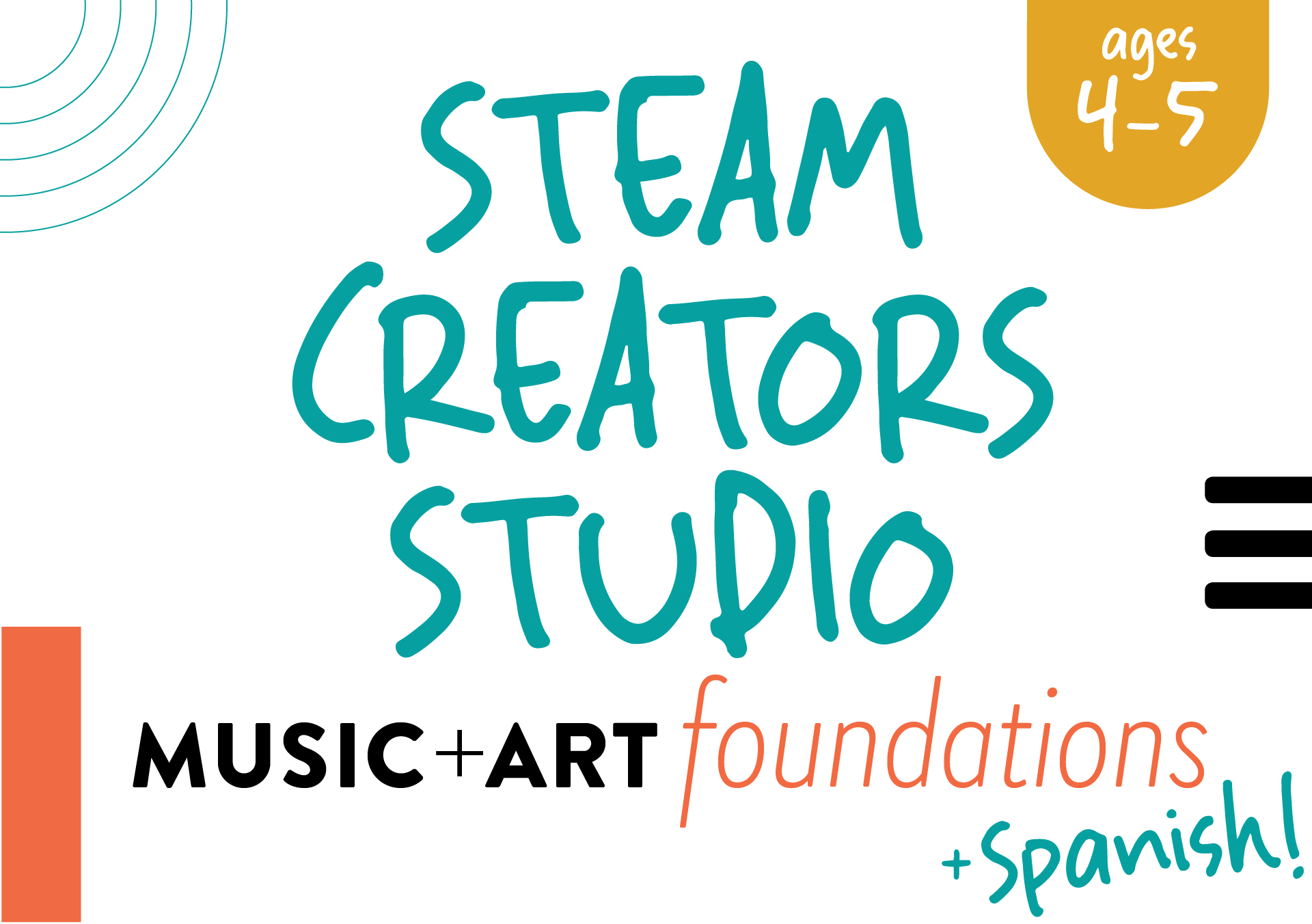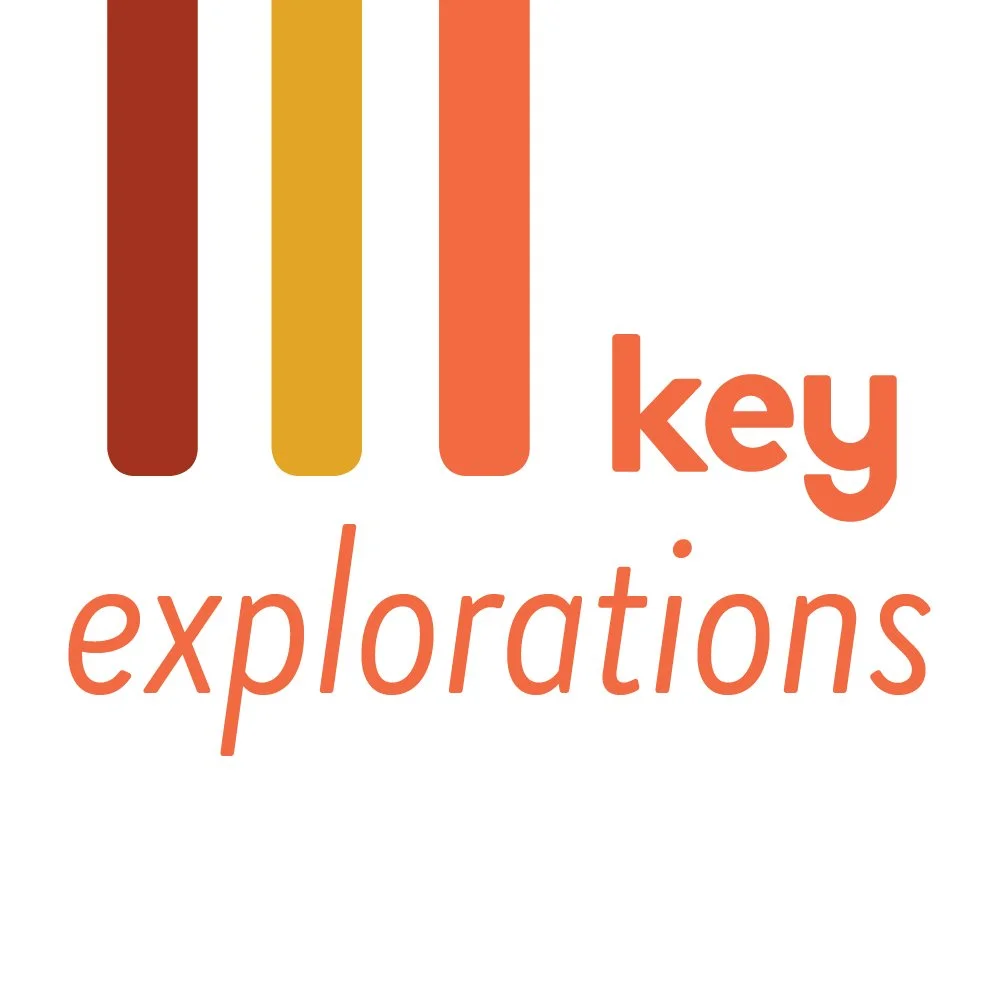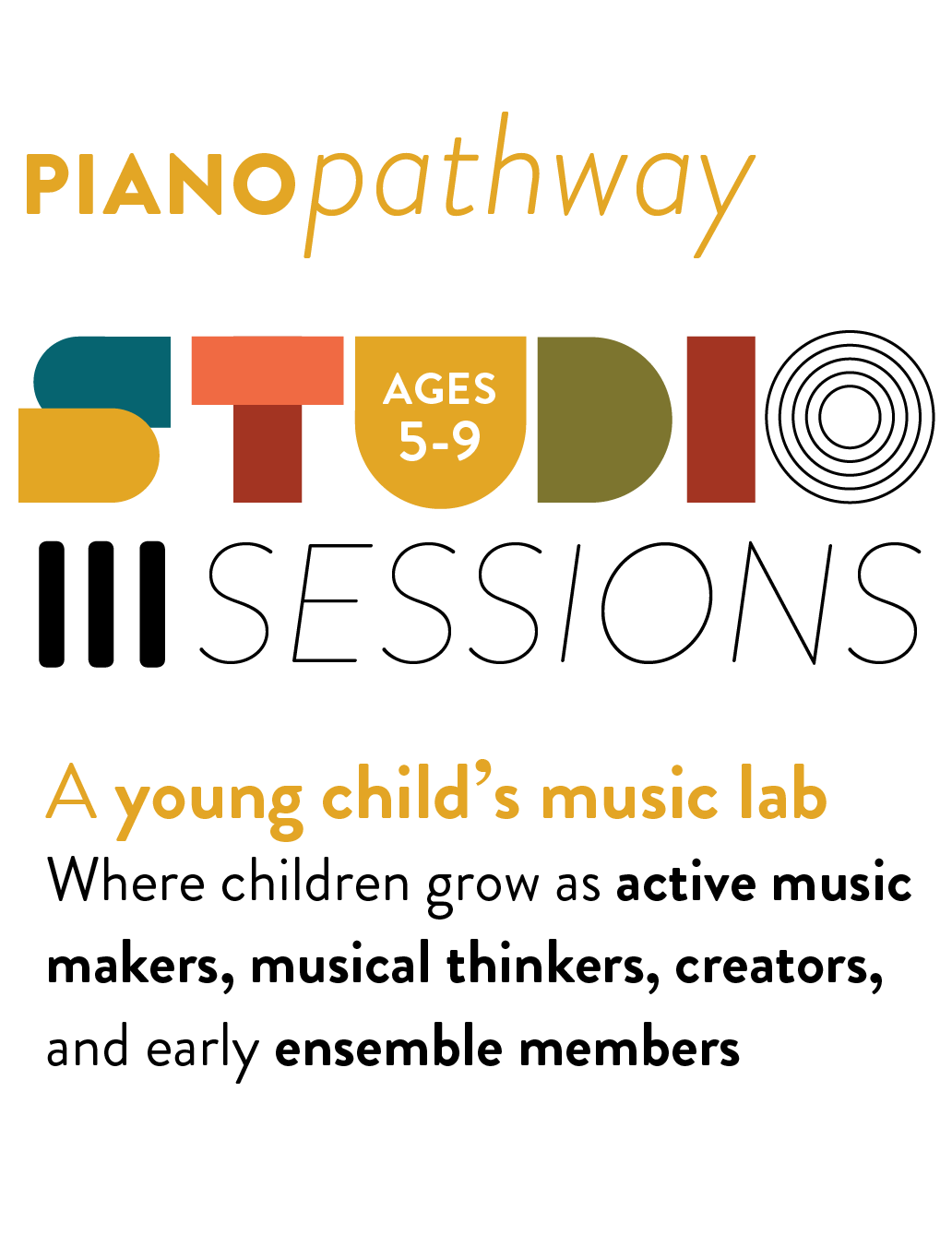A hybrid piano program
Piano Pathway provides the best of both worlds with a blend of piano lessons and monthly large group ensemble “Studio Session” music classes. In addition, all families receive online supports and resources to optimize learning at home. Ages 5-9
Tier 1: Key Foundations
Build a strong musical foundation through an intentional blend of partner lessons, group activities and ensemble work, regular peer performances, online learning, and asynchronous support — giving your child the tools to grow with confidence at the piano.
Partner Lessons — Develop keyboard skills in a collaborative setting alongside a learning partner while receiving focused and personal guidance
Song’s Studio Sessions — Our signature group experience where children build essential skills through singing, rhythm, movement, ensemble play, and performing music for peers in a safe setting
Learning Library — Families gain access to a growing library of lessons, practice guides, videos and audio recordings to support audiation-based learning
Books & Materials — Essential books and resources will be included
Asynchronous Support — Consistent accountability and feedback to encourage progress, build practice habits, and build confidence
Online Community Hub — Our private community space lets students and families share performances, celebrate milestones, and feel connected to others on the Piano Pathway
Monthly Sample Schedule
2-3 Partner Lessons
1 Studio Session
Active music-making activities to learn rhythm, songs, music vocabularies, keyboard technique, reading and notation readiness, and ensemble skills
Peer performances1 Video Lesson
Asynchronous Support
Students share their playing between classes and receive feedback
Tier 2: Key Explorations
For children not yet ready for regular private lessons but who want to explore music and join a musical community, this tier builds essential skills and a rich musical vocabulary through monthly piano lessons, group music classes, and supportive online learning.
Studio Sessions Only
Entry-Level Musicianship Class (No Lessons Required)
A gentle way to prepare for piano lessons, this monthly class gives children a low-commitment introduction to foundational music skills. Through singing, rhythm activities, movement, pattern instruction, and beginning ensemble music-making, students begin to build the musical vocabulary and understanding they will need when ready to begin lessons.
Piano Pathway Schedule
The monthly schedule will continually be updated on the Calendar.
All partner lessons are coordinated and scheduled with Jenie.
Siblings of a child enrolled in Piano Pathway: Key Foundations receive a 30% discount in any plan. Use code SIBLING30 at checkout.
All families enrolled in Music Play or Piano Pathway receive access to our creative space events, open play, and community hub.
Still have questions or looking to create a custom plan? Contact Jenie.
*Please complete the Registration Form before selecting your music plan(s).
Developing independent young musicians in the way children naturally learn music from the inside out
Begin your child’s journey of learning piano with the best start by building foundational music skills through active research-based activities designed for music development.
What does “research-based music learning” look like in our classes?
The real work is in learning how to think music. Beyond surface-level decoding and imitation, the deep foundational work becomes the difference between short-term results and lifelong musicianship. How children build real musical understanding drives every activity.
Looking for a PreK Music Class?
Check out STEAM Creators Studio
What makes the Piano Pathway unique?
What you’ll discover here isn’t a typical piano program. Built on the Music Moves for Piano curriculum that is a holistic, developmentally-grounded learning experience rooted in Music Learning Theory (MLT), students begin their piano journey the way children naturally learn music: to hear and play with understanding. This isn’t just about learning notes — it’s about developing real musicianship, creativity, and lifelong musical thinking.
We sing first, play second.
Your child learns to hear, understand, and create music before reading it — just like we learn to speak before reading.
The whole body learns.
We use movement and play to develop rhythm, flow, coordination, and ease at the piano — setting the stage for expressive, injury-free playing while embodying music.
Creativity is encouraged early.
From day one, your child will explore, improvise, and make musical decisions — cementing learning and cultivating musical independence.
They explore the full range of the piano.
We don’t start with middle C or premature 5-finger playing. Children explore black and white keys, high to low registers, and playing patterns beginning with gross-motor movement.
Short pieces with big impact.
Engaging pieces are designed to be learned through sound, felt in the body, remembered, and easily changeable — perfect for young, developing brains.
They’ll grow with the program.
As your child moves beyond Keyboard Games, we transition to formal instruction and gradually introduce notation, theory, and more complex improvisation — always with audiation and understanding at the core.
Bottom line: Your child won’t just play piano.
They’ll think musically, move musically, and create musically.
If this sounds like the kind of learning environment you're seeking, I'd love to learn more about your family.
Please complete the interest form, and you will be contacted about choosing a path and how you can join our community.
• 2-3 Partner Piano Lessons per Month
• Monthly “Studio Session” Large Group and Ensemble Class
• Weekly Asynchronous Support
• Monthly Asynchronous Lesson
• Books and Various Learning Materials
• Online Community - Student sharing and support
• Online Resource Hub - Recorded activities and tools
• Monthly Partner Lessons
• Monthly “Studio Session” Large Group and Ensemble Class - Includes songs, chants, music vocabularies, and movement
• Online Community - Student sharing and support
• Online Resource Hub - Lessons and recorded activities
Our monthly Studio Sessions provide children with foundation music skills. Through singing, rhythm activities, movement, pattern instruction, and ensemble music-making, students begin developing the music vocabulary and understanding they will need when ready for lessons.
“A musician who audiates must internalize music and not merely imitate it or memorize it. Imitation–even perfect imitation–is shallow and fleeting. To audiate…they must process musical information. And to do that, they must learn to understand music. A lifetime job.”
— Eric Bluestine from The Way Children Learn Music
A Music Learning Theory (MLT) approach to piano
Tune in. Grow deep. Play free.
How a child begins their piano studies will shape their relationship to music and any instrument for life. At Song’s Keys, students will be given the essential tools to ensure that music is understood and felt; to approach the piano with creativity, audiation and meaningful expression.
Goals + Skills of MLT-Informed Beginning Piano
• Learn to hear and think musically
• Sing and chant in multiple tonalities and meters
• Develop pitch awareness and tonal accuracy
• Develop rhythmic elements of flow, pulse and meter
• Build a vocabulary of rhythm, tonal and harmonic patterns
• Move and play to steady beats in two different meters
• Coordinate the body, arm and hand using healthy technique to play the keys
• Explore and create with keyboard sounds
• Play short pieces and improvise with patterns
• Differentiate between beat levels, duple and triple meters and other contrasting elements
Beginning Piano with Traditional Methods
X Wastes time and energy teaching non-essentials while sacrificing what children really need musically
X Dependent on music notation and the 5-line staff without musical understanding
X Introduces 5-finger playing prematurely
X Lacks exposure to a variety of rich musical content
X Implements the wrong order of how we learn music
X Not built on evidence-based research of both music development and psychomotor development
X Misses the most important skill of musicianship - to hear and play music with understanding
Learn more about MLT-based Piano with this video by Felicity Breen
When do they learn to read music?
Let’s compare reading language to reading music. When we read words and sentences, we already have a basic understanding of the language with years of a speaking vocabulary. When children learn to decode notes on the staff before establishing aural understanding of music, it is not true literacy. While it may seem as if they are reading music, they are simply decoding abstract symbols. Meaningful understanding of musical syntax is absent, and when the “reading” becomes more challenging, children quickly lose interest and connection to playing. Even traditional ear training usually misses developing audiation.
With Music Moves for Piano, while students will experience exposure to visual symbols, they will acquire a wealth of comprehensive skills and musical understanding in the optimal order with Keyboard Games A, B, and Book 1 before beginning formal reading and writing in Book 2.
Learn more about Music Moves for Piano by Marilyn Lowe
What is the best way to learn a language? By immersion. Same with music.
The learning sequence for language (and music)
1 LISTEN -> 2 SPEAK (perform) -> 3 THINK + CONVERSE (audiate + improvise) -> 4 READ + WRITE
How do we learn language by immersion? First by listening, imitating words, conversing, then going on to read and write. This sequence applies to how we learn music. The field of piano pedagogy is largely dominated by old-school tradition rooted in the late 1800s, yet traditional methods have not fundamentally changed with the same general goal: to learn music by reading. Imagine if we taught our youngest children to read before they could speak! Thankfully, the music education field has come a long way in research and applying evidence-based methods. Edwin E. Gordon is one music educator who devoted his lifetime to researching how we learn music and developed Music Learning Theory (MLT). Sequential music learning and audiation (listening to music with understanding) are two tenets of MLT. Audiation is the key to musicianship in order to successfully play any instrument, to perform in groups with others, and to truly understand and enjoy listening to music. Reading standard notation before establishing aural understanding actually obstructs musicianship. We use an audiation-based method with Music Moves for Piano to provide a strong foundation for developing musicianship, because “without music language, music instrument lessons will be attempts at decoding meaningless music notation” (Music Play).














